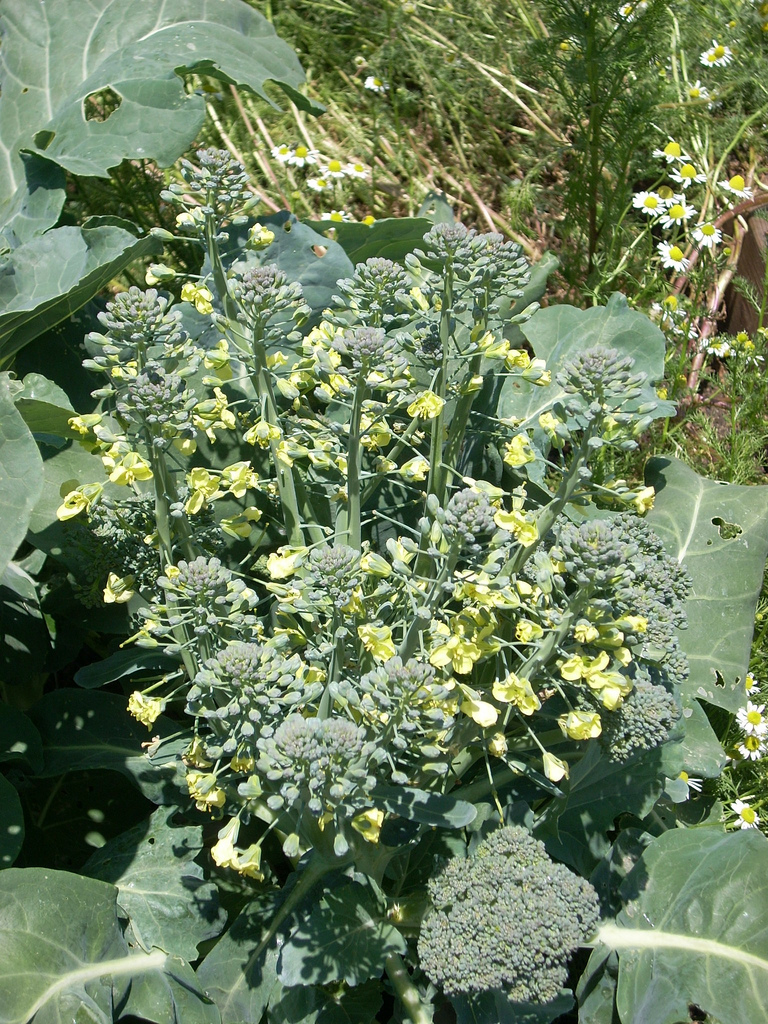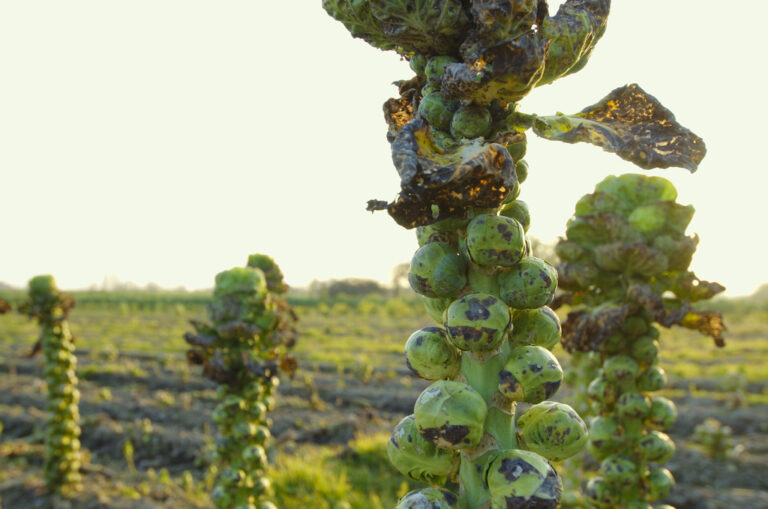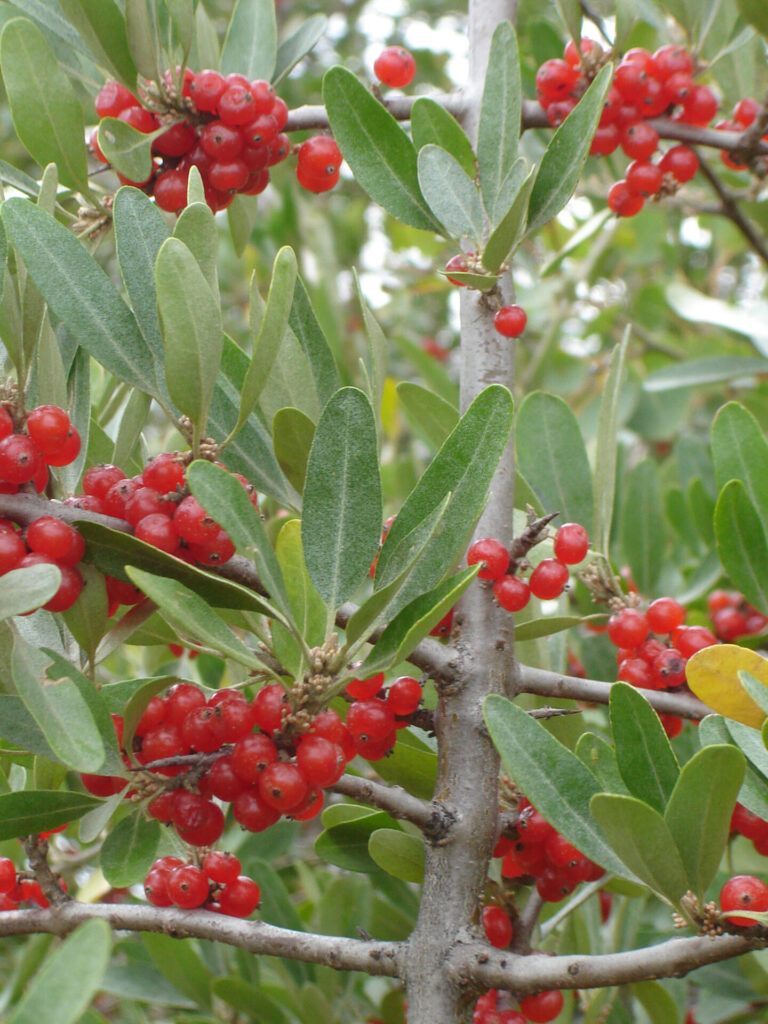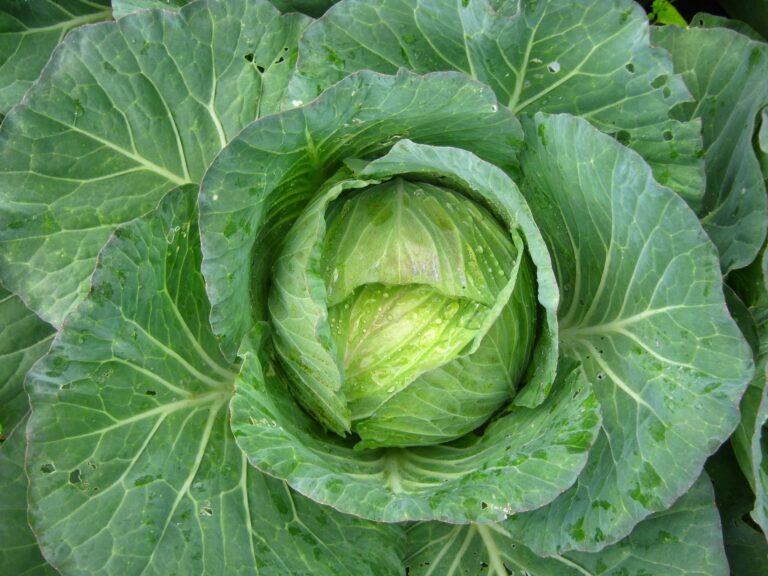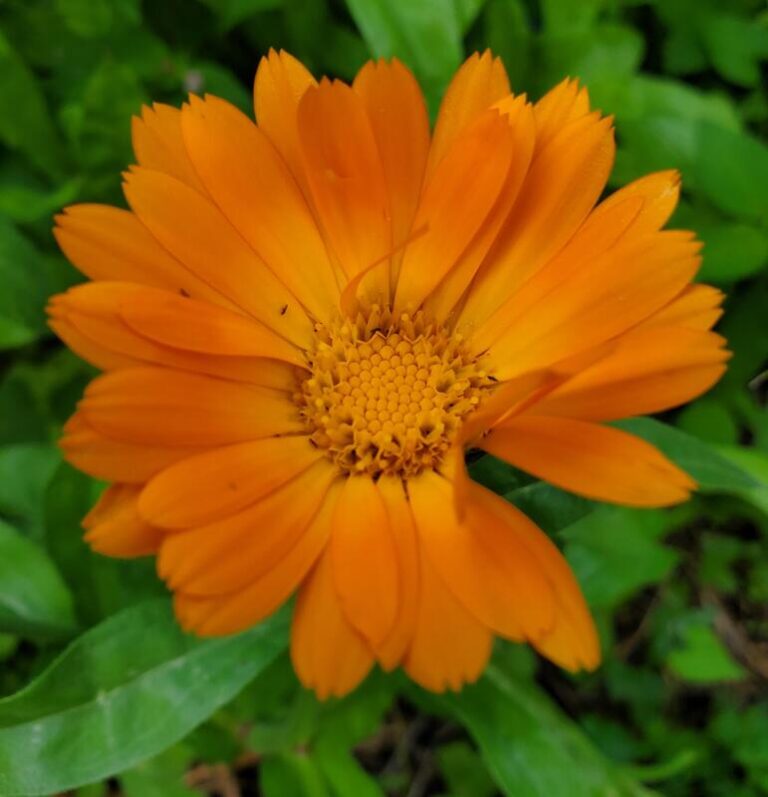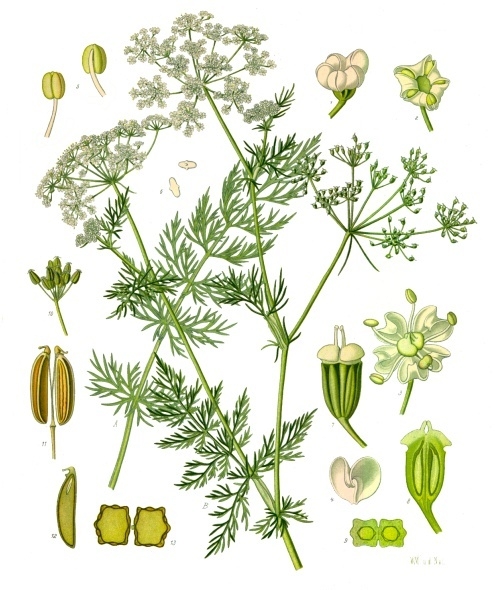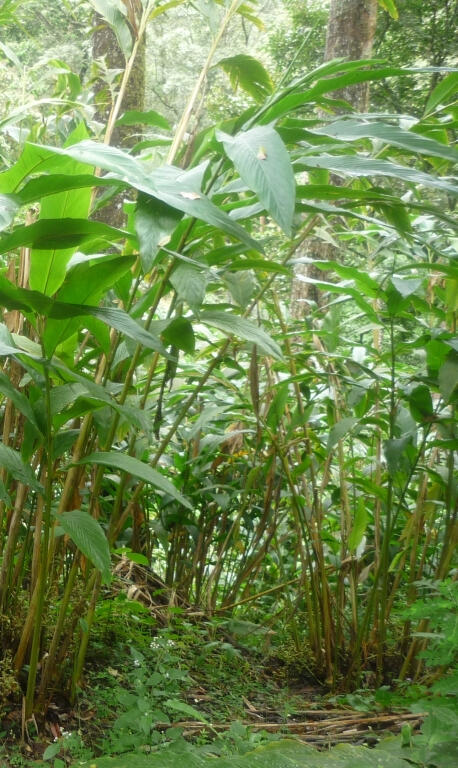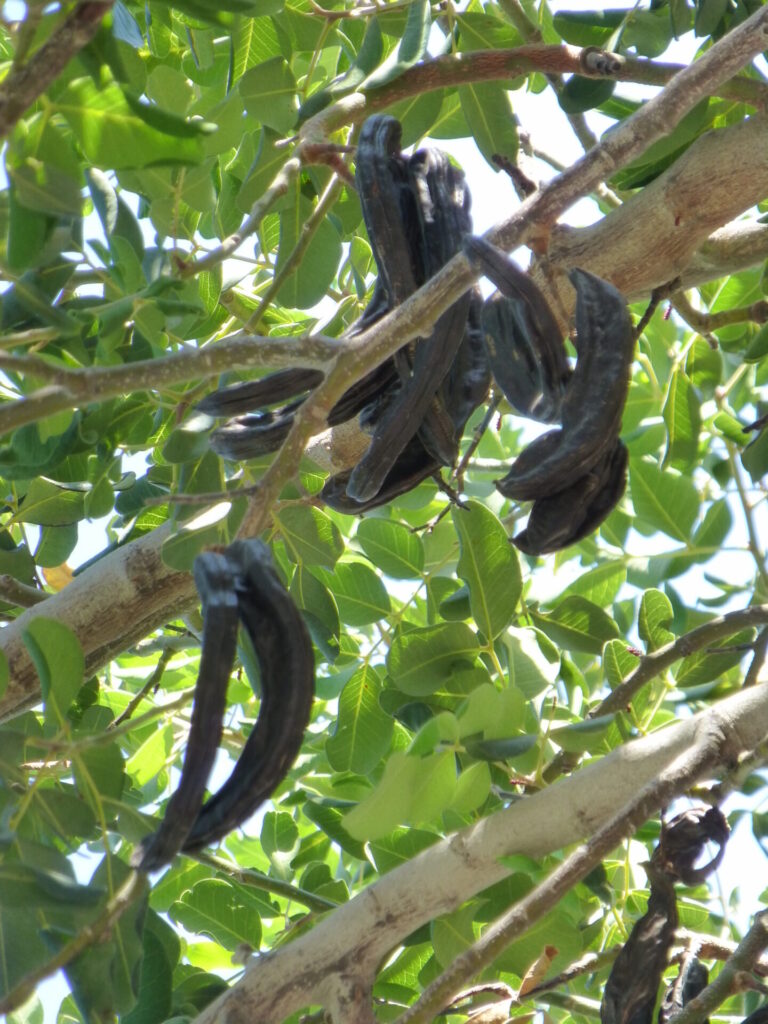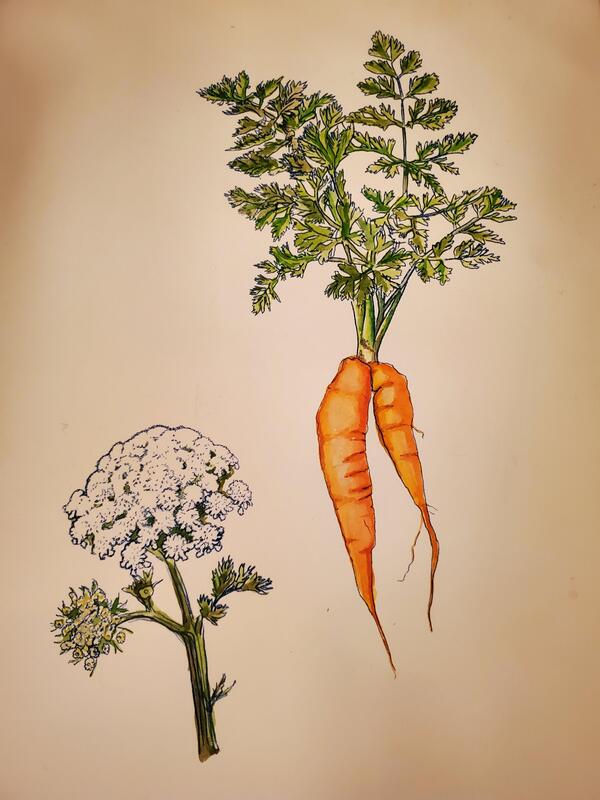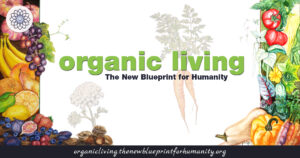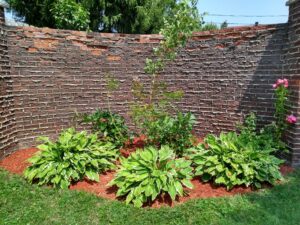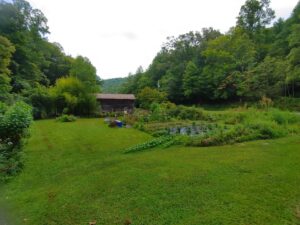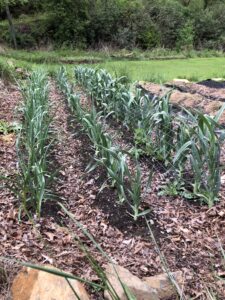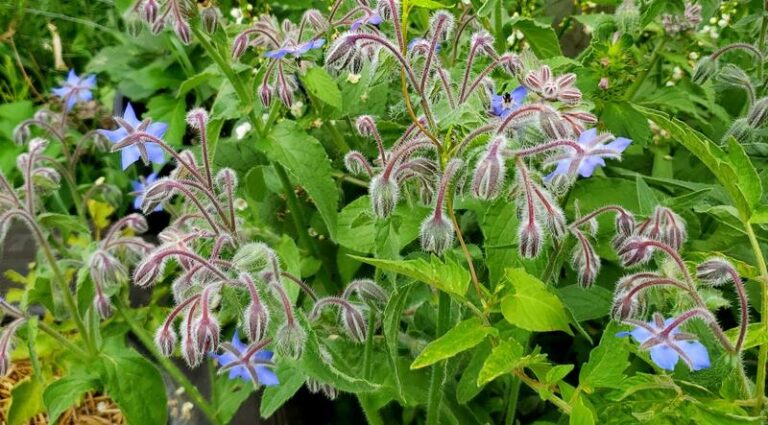
Borage
Borage is an annual herb in the flowering plant family Boraginaceae. The flowers are perfect with five narrow, triangular-pointed petals which are most often blue, although pink flowers are sometimes observed. White-flowered types are also cultivated. The blue flower is genetically dominant over the white flower. Usually, borage grows roughly 40 cm (16 in) wide, but if the soil is fertile, the plant can grow to 60 cm (24 in). The height may grow 1 to 2 ft. tall. Traditionally, borage was cultivated for culinary, ornamental, and medicinal uses. Its other commonnames are: Starflower, Bee fodder, Bee-bread, Burrage, Common

